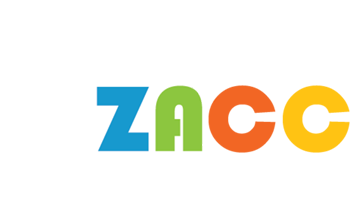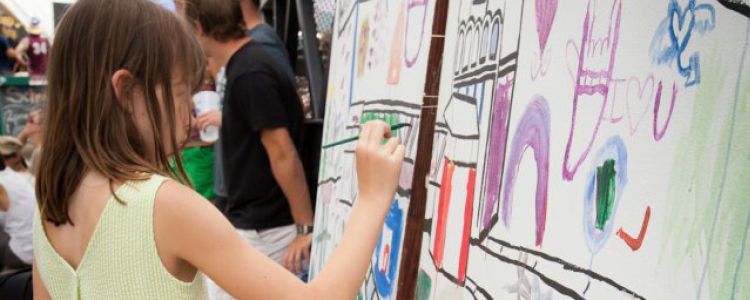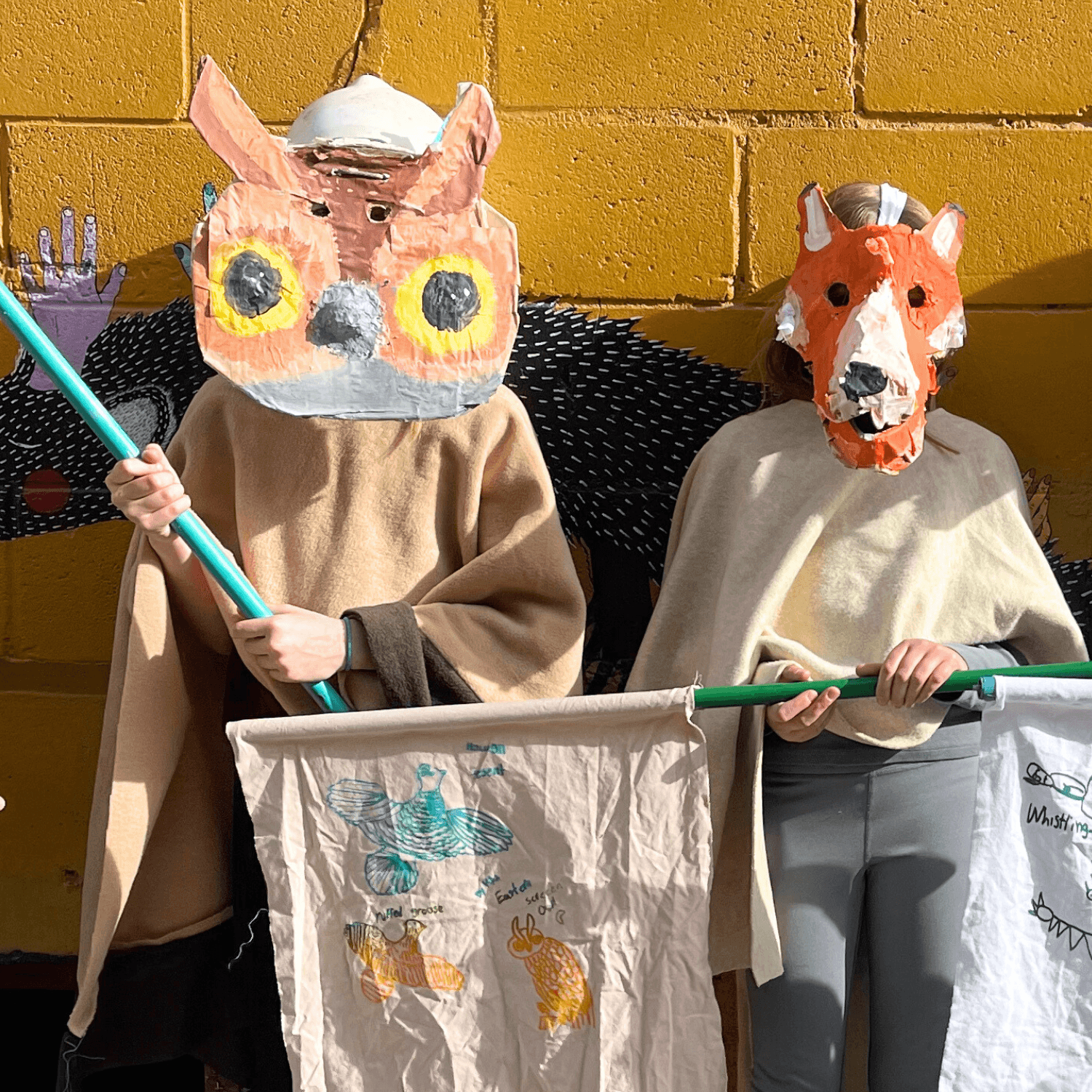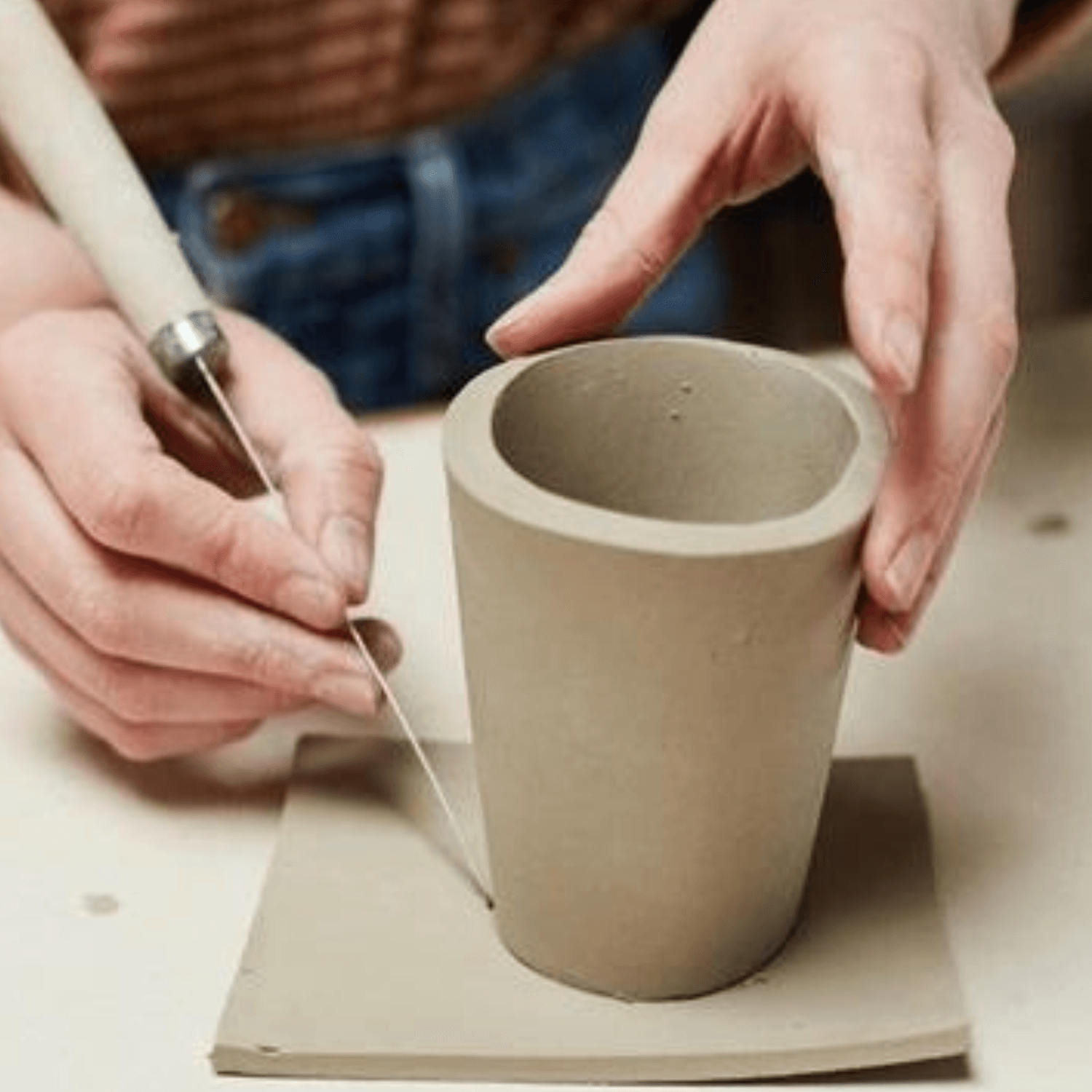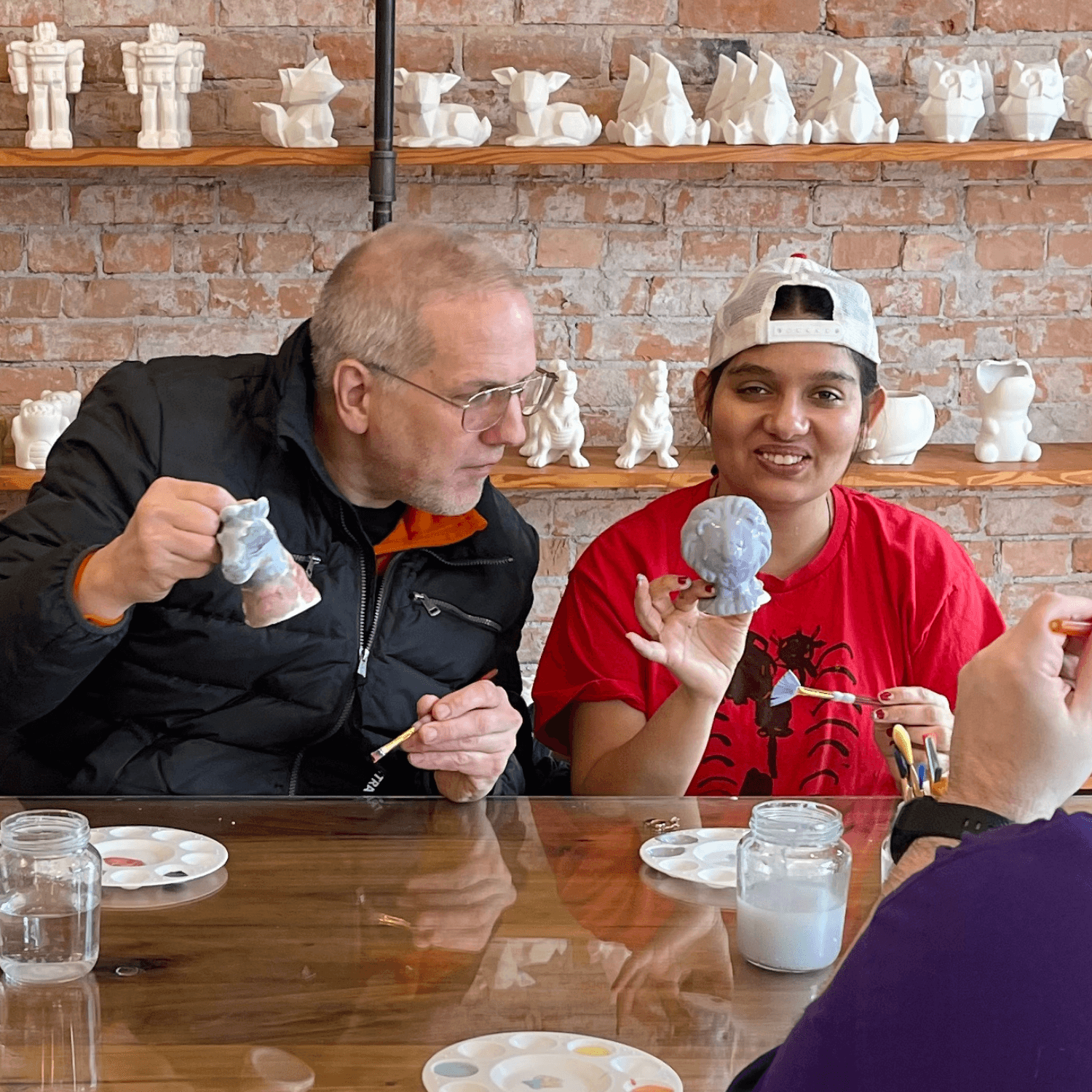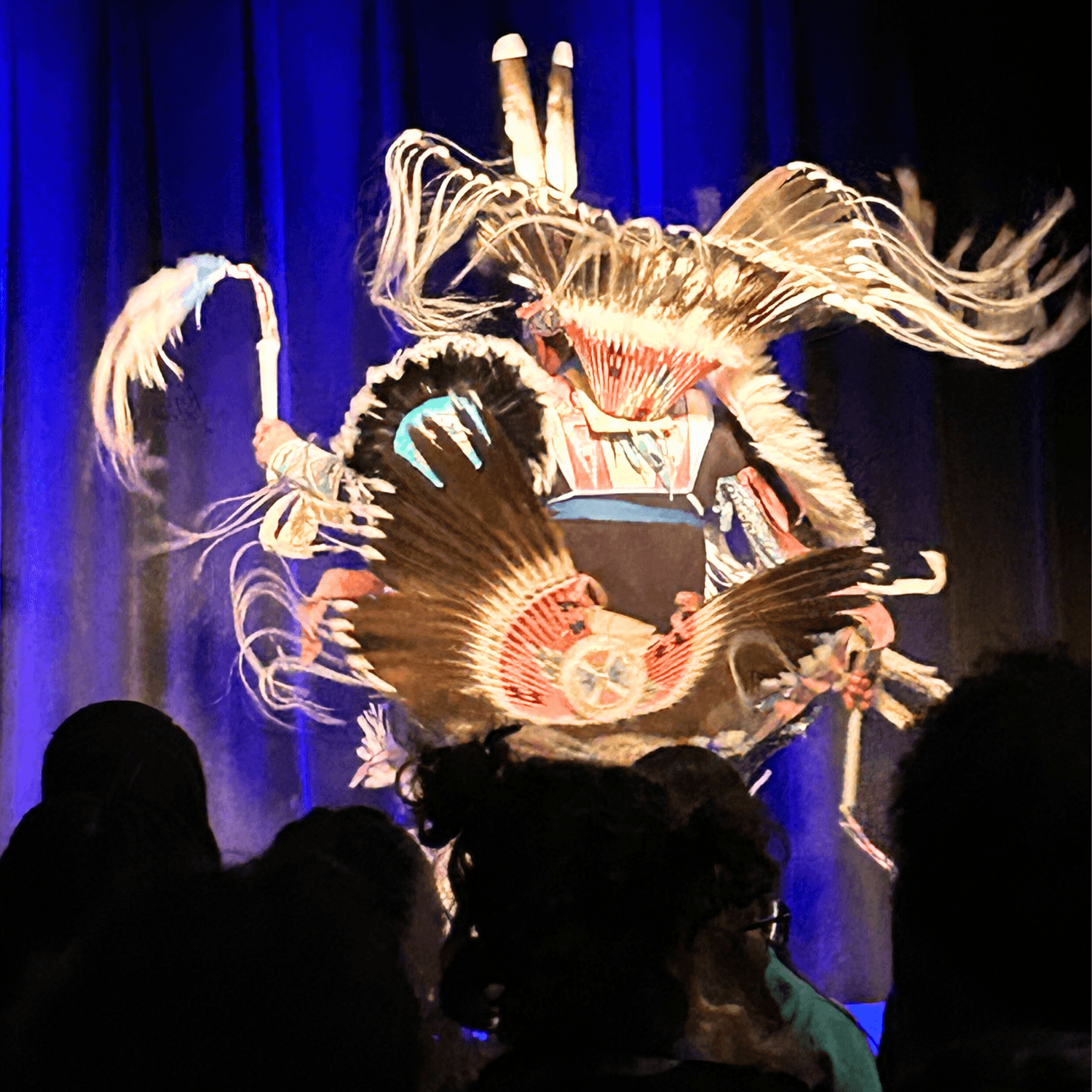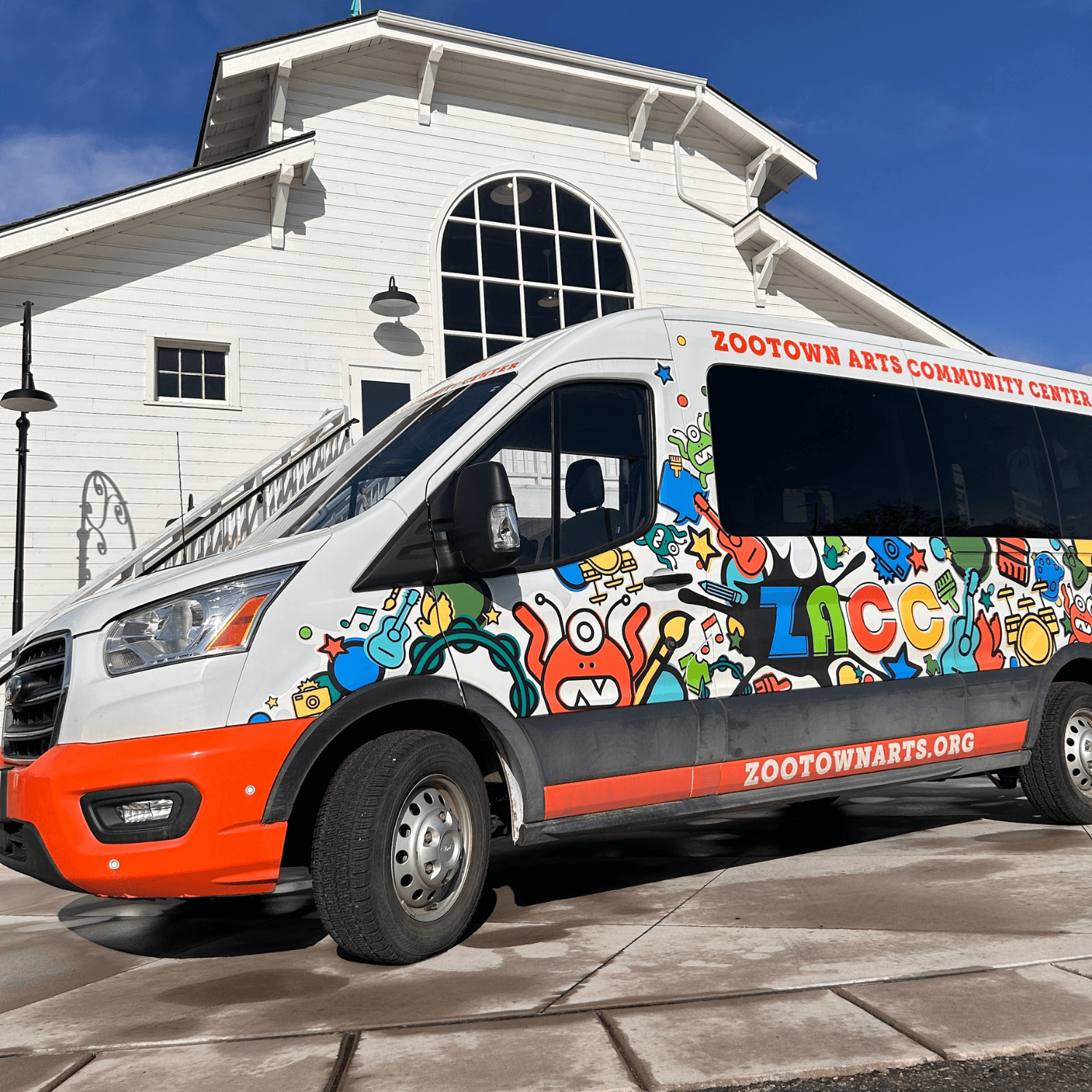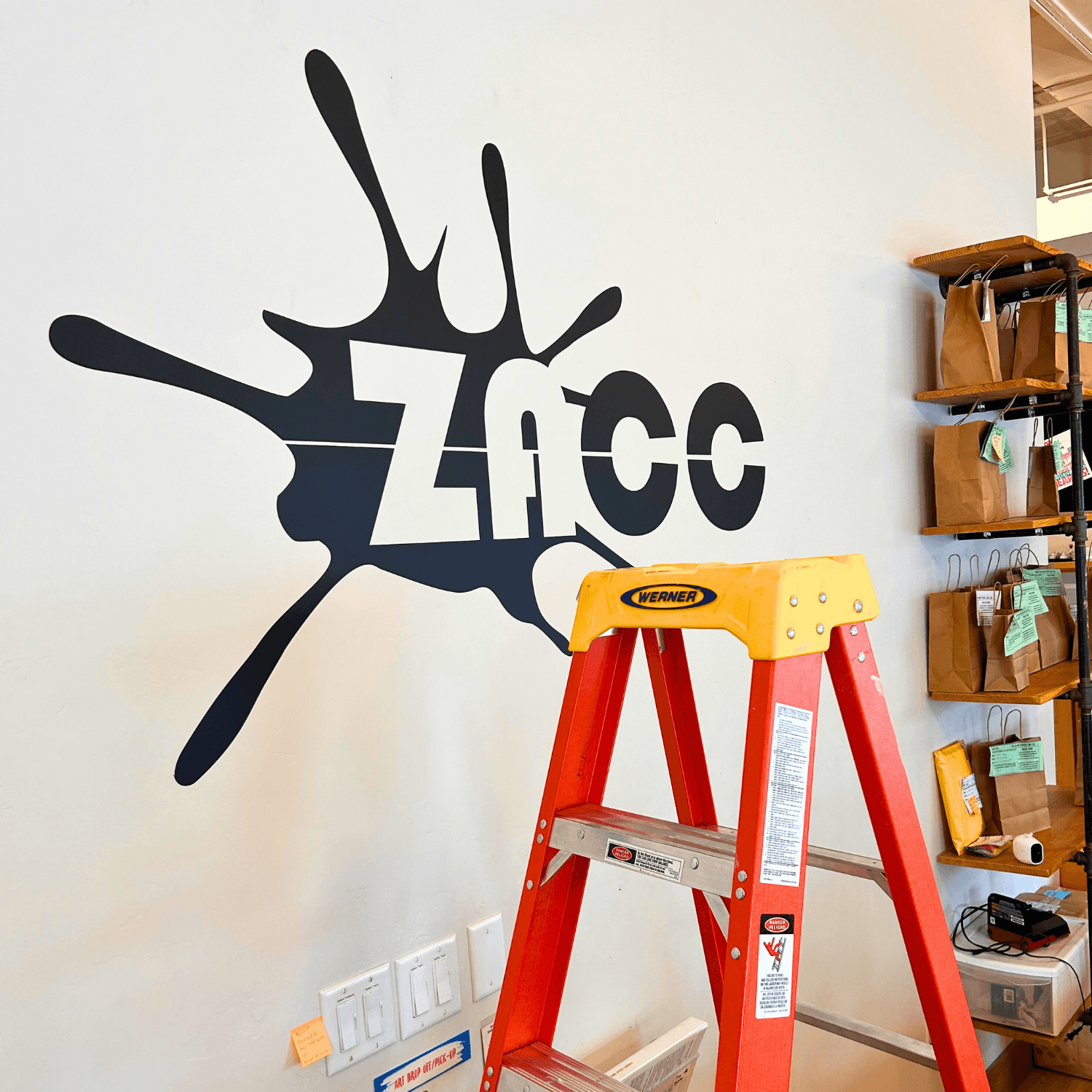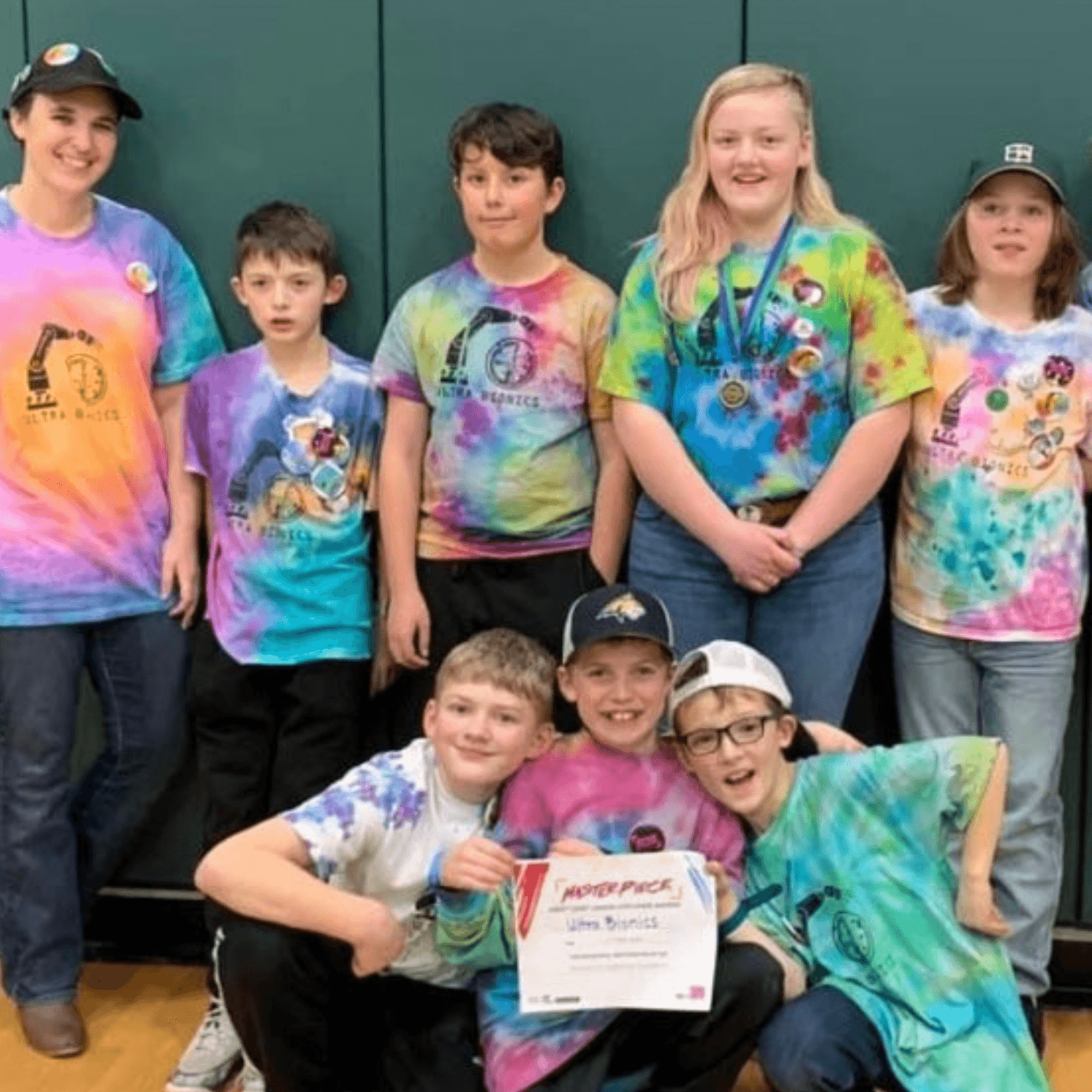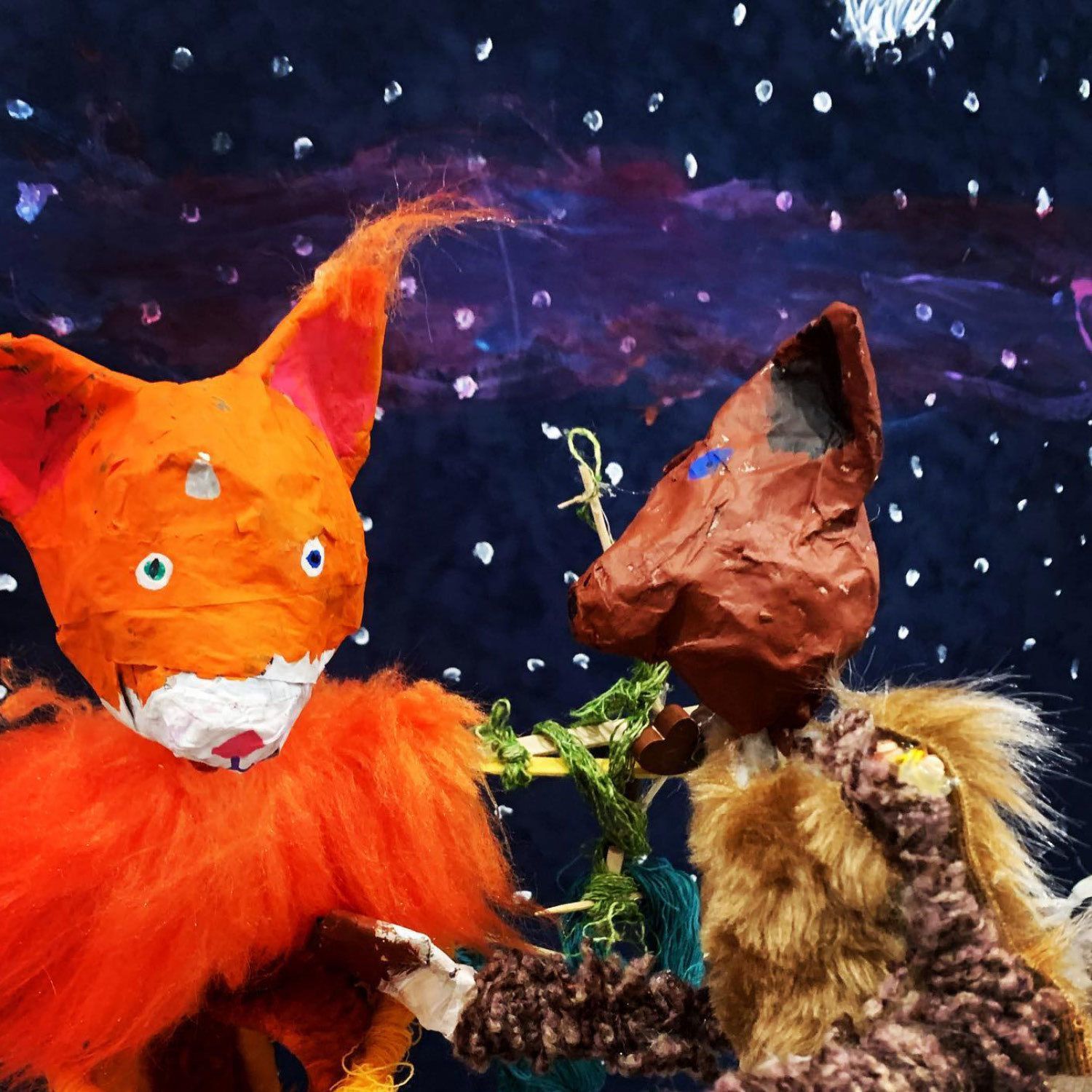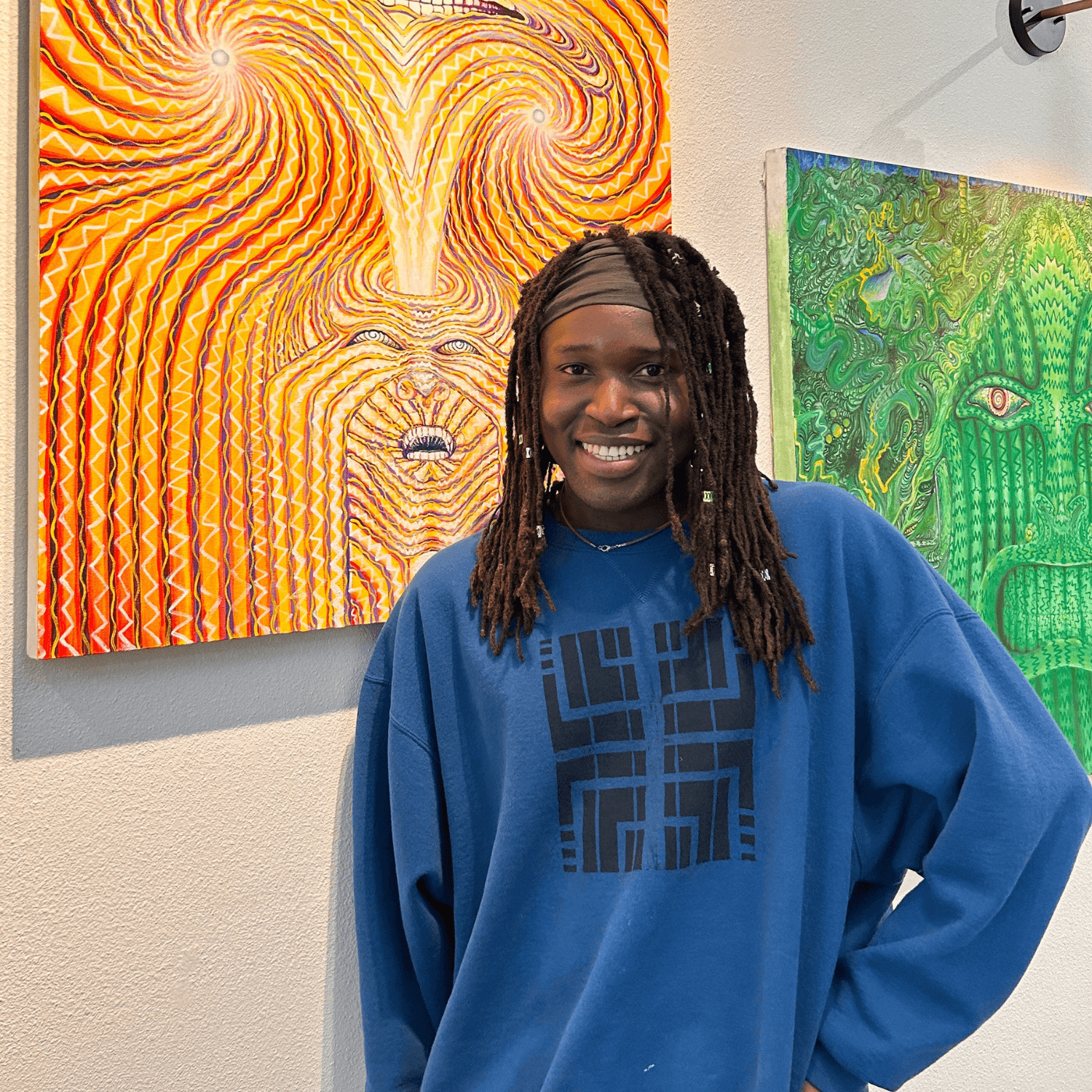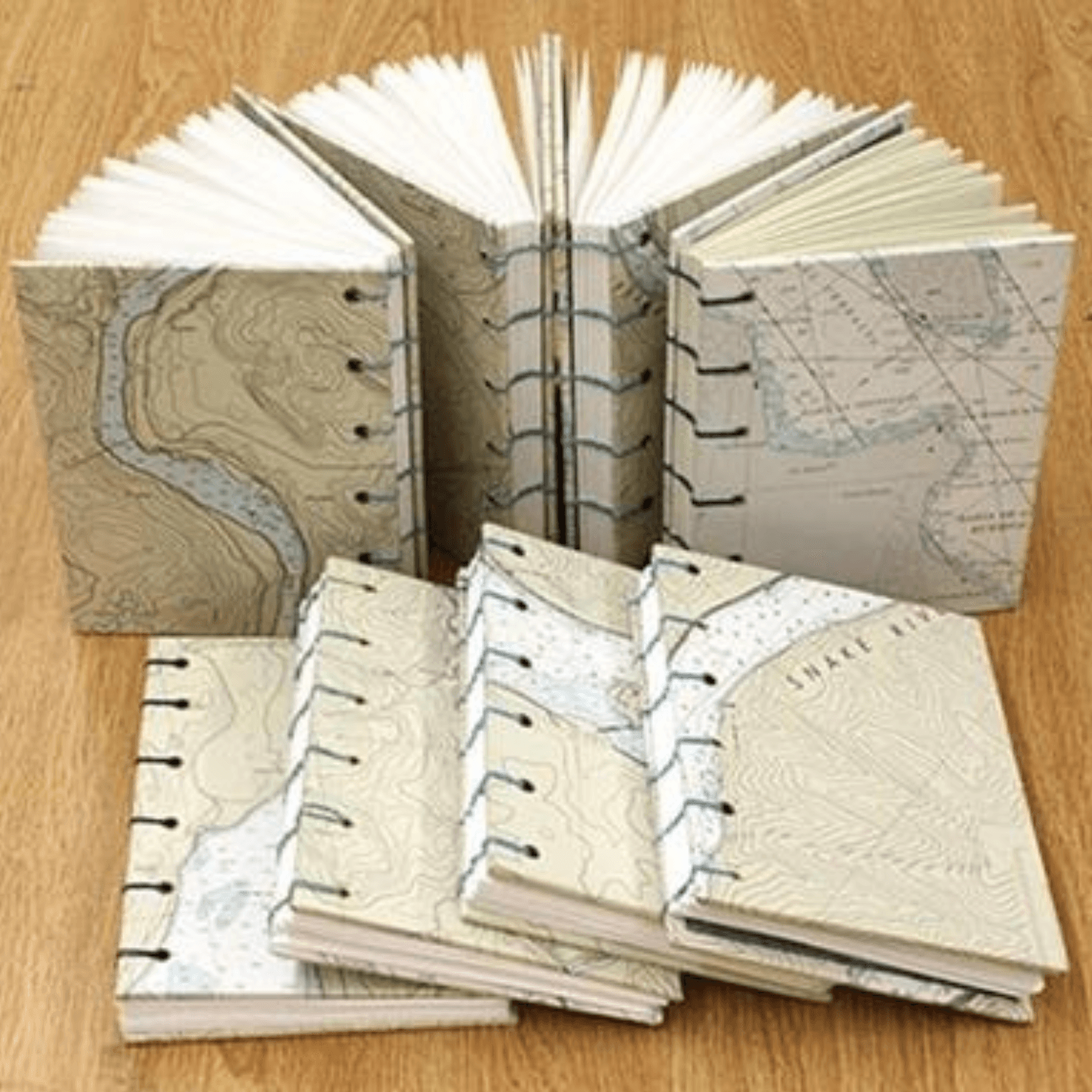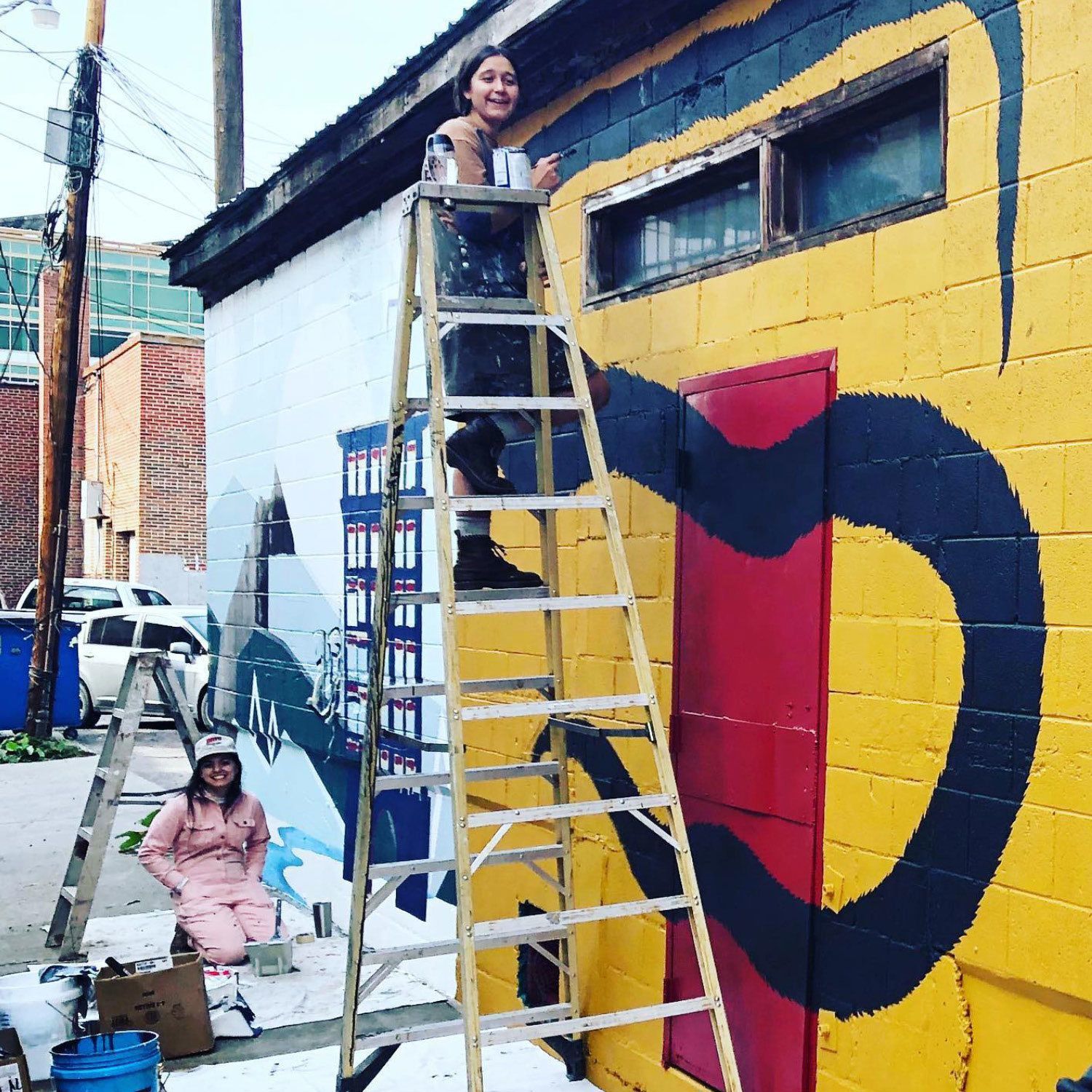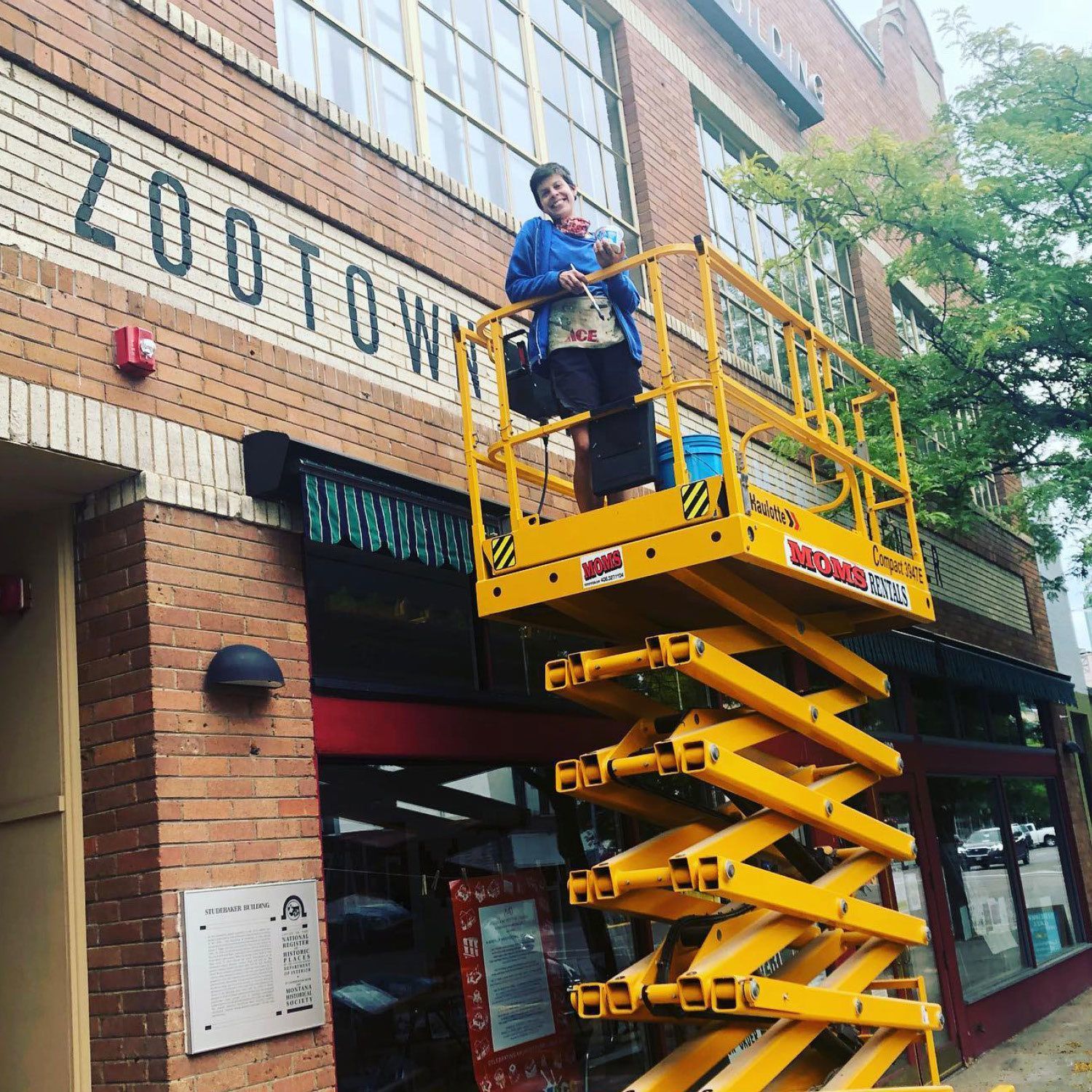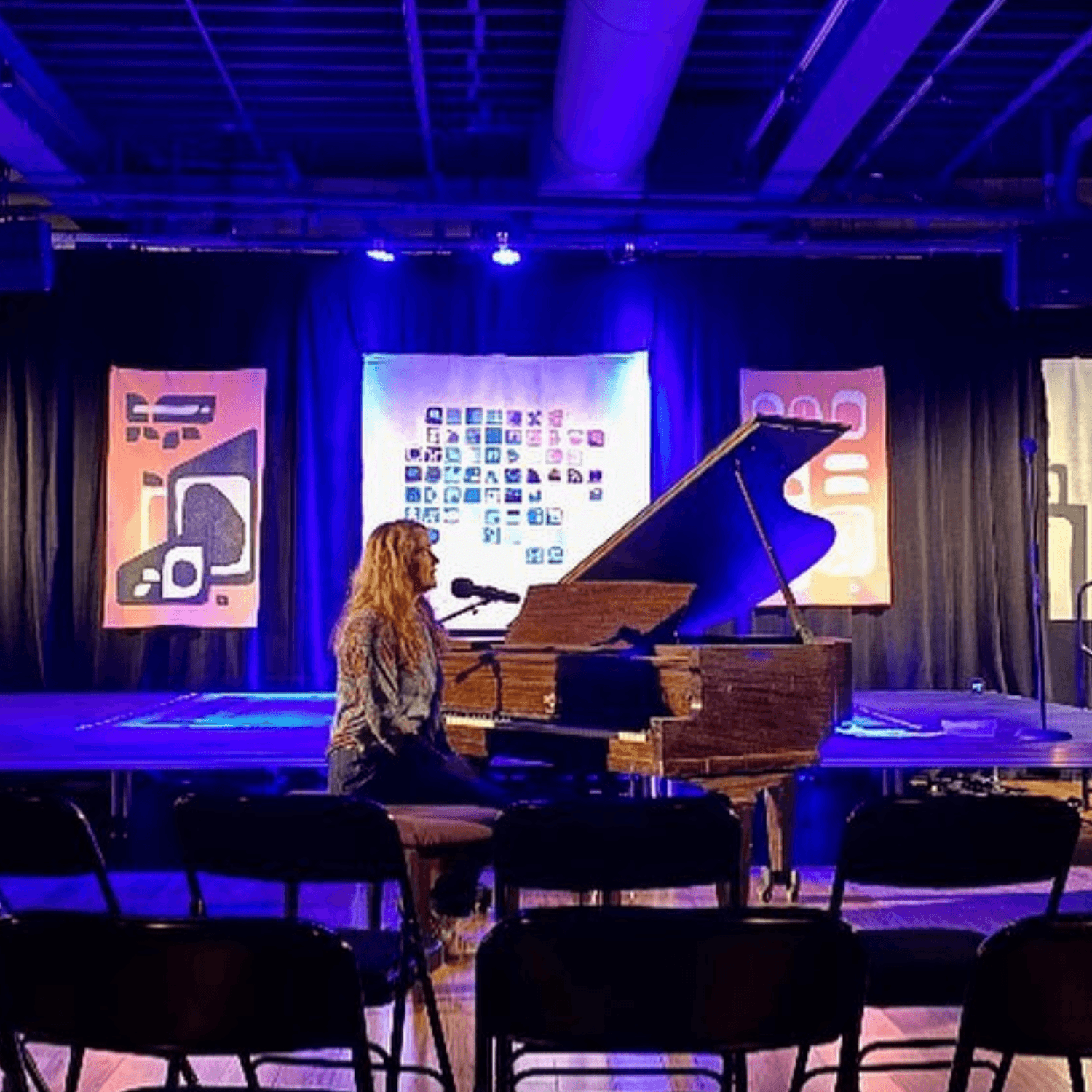OUR MISSION
Cultivating community through accessible arts experiences for all.
The Zootown Arts Community Center (ZACC) is Missoula’s non-profit arts community center and supports local artists, performing artists, and musicians by being as transparent and open in our practices as possible, and by instituting a business model by which all members of the Missoula Arts Community can comfortably create, collaborate, and thrive. The ZACC also strives to offer unique and accessible art experiences for everyone by booking a broad variety of local and touring acts in our theatre, and diverse art and installations in our galleries.
By bringing working artists, artists-to-be, children, and community members together, we emphasize the richness of our own community and strengthen our organization. Since 2008, the Zootown Arts Community Center has served as the central bridge between community and art in Missoula. The founders of the Zootown Arts Community Center sought to develop a place where all aspects of art from creation to experience were housed in a single space shared by the
community. Thus the ZACC was born. A nucleus of creative activity, this multi-use facility provides opportunities in arts education and economic development, and acts as a safe, creative community center.
*The ZACC is funded in part by coal severance taxes paid based upon coal mined in Montana and deposited in Montana's cultural and aesthetic projects trust fund.
A BRIEF HISTORY
The ZACC recently moved from its original location in Missoula’s Northside neighborhood to the historic Studebaker building in the Heart of Missoula, at 216 W Main St. After over a decade of building programs and art experiences on the Northside, the ZACC outgrew its old location and desperately needed more space. Our current location offers three public art classrooms, 15 low- cost artist studios, a dedicated 175 seat performance space, music practice rooms, multiple galleries, and more. Our downtown space is centrally located and easily accessible via public transit. With better access and more space, we can serve the greater Missoula community. We are proud of the work we accomplished on the Northside and the revitalization the neighborhood has seen, and we are overjoyed to be in our new building.
PROGRAMMING
The ZACC's mission, to make art accessible to everyone in Missoula, is carried out through programming in the organization's three main components:
-
COMMUNITY EDUCATIONWe teach classes to youth and adults, run affordable after-school art programs and summer camps, and create artistic and entrepreneurial workshops to develop skills for working artists and creative community members.
-
COMMUNITY EMPOWERMENTThe ZACC is an economic and artistic resource for working artists. We rent studio space at a low cost and provide the tools, networking, and information artists need to be successful. We host local performing artists and musicians in our theatre space, offering a generous profit share model to encourage their growth and success. Our Gallery Director works tirelessly to showcase a diverse range of local and regional artists, giving newer artists a platform they otherwise would not have access to.
-
COMMUNITY ENGAGEMENTWe are a haven and networking space for our artists, young and old. Anyone can create, collaborate, and thrive in the ZACC regardless of their financial status. Our event space, studios, classrooms, recording studios, and conference room are available to the public at a low cost, or through a profit share agreement for performing artists. We reach out to the greater Missoula community through off-site events and gladly welcome partnerships with local businesses and other entities supportive of our mission.
The ZACC’s programs fundamentally integrate artistic exploration with community building. We strive to be an open and safe creative space for all. Our success has come with the generous help of volunteers, hard-working interns, and our dedicated staff members. It is this spirit of community, resourcefulness, and creativity which drives the ZACC to meet Missoula’s needs through what we do best, ART.
CULTURAL EQUITY STATEMENT
The History of Equity & Inclusion at the ZACC
Accessibility, diversity, and equity are at the heart of what the ZACC does – it’s embedded in our mission statement. And since our founding, providing arts experiences for all has been the impetus behind what we do.
Of course, that does not mean that we’ve succeeded or been perfect. Far from it. But we are committed to constantly and consistently improving and evolving our organization to center on diversity, equity, and inclusion. As such, we are open to your ideas, your visions, your suggestions, and yes, even your criticism as we develop our DEI principles and policies.
How We Define Cultural Equity
We define cultural equity in the broadest terms.
Cultural equity embodies the values, policies, and practices that ensure that all people—including but not limited to those who have been historically underrepresented based on race/ethnicity, age, ability, sexual orientation, gender, gender identity, socioeconomic status, geography, citizenship status, or religion—are represented in the development of arts programming; the support of artists; the nurturing of an accessible, thriving venue for expression; and the fair distribution of programmatic, financial, and informational resources.
Our Principles & Responsibilities
• We recognize that in order to create true equity, we must center the experiences and interests of those who have been marginalized.
• We acknowledge that the foundations of the United States were built from acts of terror: the genocide of the Indigenous peoples on whose land we occupy, and the enslavement of African people.
• The ZACC acknowledges that we stand on stolen land — and that land acknowledgment is only one small part of supporting Indigenous communities. We commit resources, time, and energy toward reparations and work to amplify the voices, artworks, and movements of Native nations throughout all facets of the ZACC, and we encourage others to do the same.
• We believe that Black lives matter and our values explicitly include an active commitment to anti-oppression, equity and justice for BIPOC individuals and organizations with the understanding that these groups need our express support.
• We commit to embedding reparations and restitution practices into our policies and programs, shifting financial, informational, human, or similar resources to BIPOC communities.
• We commit to empowering marginalized people with leadership roles and decision-making agency. This includes board members, staff, and stakeholders.
• We commit to listening even when it is difficult. We hold space for difficult conversations and solution-seeking about systems of oppression and racism, regarding the ZACC’s mission and policies as well as more generally in the world in which we live.
• We commit to transparency and evolving. We will routinely review and assess our mission and politics and work diligently to refine and improve our actions to best reflect our mission, vision and values with a focus on all forms of equity.
• In ultimate service to the community arts education field, we believe in and commit to our personal transformation as individuals. We understand that we (board, staff, and stakeholders) must individually work to forward anti-racism, diversity, and equity through our own learning, reflection, and service—and we commit to that ongoing, lifelong work.
• We realize that this work is ever-changing and evolving and that missteps will happen—but we are committed to taking action and not being afraid to change policies or our path as we learn more and critically examine the world around us.
